In the shadow of a 'forgotten war'
The war that the South African army performed in Angola and Namibia between 1966 and 1989 became a social taboo with the end of apartheid. Recently there is a growing interest in this conflict. On the basis of new studies, controversial aspects of the last 'border war' are exposed.
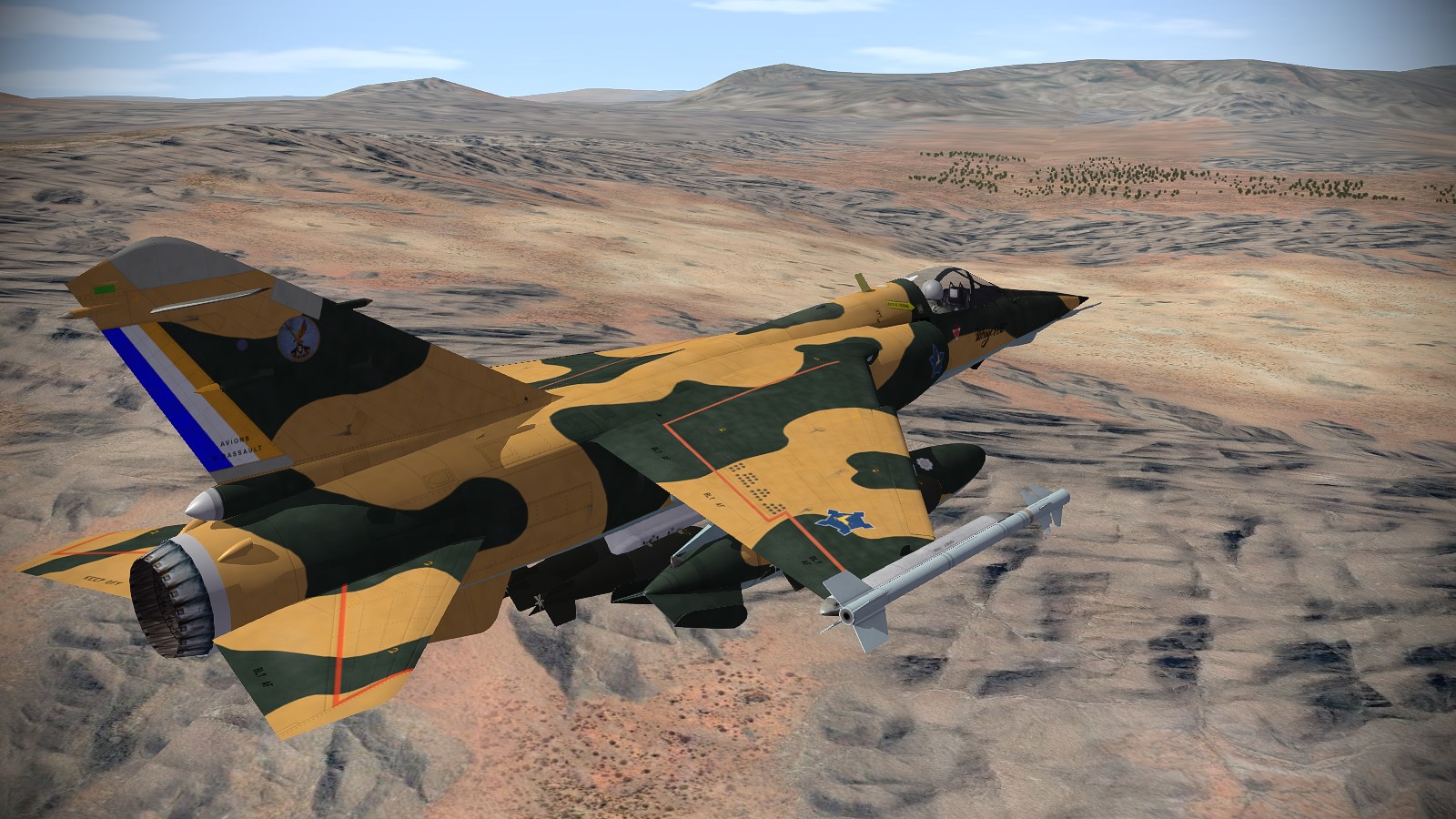
Image credit
At least two wars have been decisive for the modern history of South Africa. Compared with the First and Second World Wars in Europe, they may be modest in size and number of victims, for generations of mainly white South Africans they were therefore no less significant. The 'Anglo-Boer War' between 1899 and 1902 - nowadays in more neutral terms called the 'South African War' - and the 'Border War' of 1966-1989 have left deep traces and are still the subject of a fierce debate. The first is of course not to be remembered from the national history picture. The second is unknown to outsiders, but its traces still feed on the memory of those who have experienced him. Almost all white South African men, now between the ages of 40 and 65,
During the 'Border War' - also known as the South African 'Bosoorlog' in Namibia and Angola, two blocks were opposed, each consisting of an unambiguous number of parties. Initially, South Africa only fought SWAPO's resistance movement in its managed Southwest Africa (Namibia). In 1974, the Portuguese Carnival Revolution fought the neighboring country of Angola in independence after years of struggle against the colonizer. However, the sovereignty transfer resulted in a civil war between former rebels. South Africa seized directly in Angola to prevent SWAPO from forming a too big threat. It supported UNITA's anti-communist rebel movement in its fight against the left-wing MPLA regime, which in turn received help from Cuba and various Eastern European countries. The cross-border conflict that arose from this had three sides: it was a war between apartheid and its opponents, a struggle against colonial and foreign domination, and finally a conflict between the Western War between Western interests and communist expansion.
The 'Border War' was one of the most long-standing conflicts in Africa. The South Africans had been successful in counter insurgency, breaking armed resistance with police and military means. The army, for example, had the infamous 32nd Buffalo battalion, which proved to be very effective in fighting the insurgents. Within the police, the notorious paramilitary unit Koevoet performed a similar role as a special anti-guerrilla unit. With great success, she was used to detect the enemy. Black Namibian and Angolan detectives played an important role in these anti-terrorist operations. There is no unanimity among specialists about military power relations. However, it is clear that the death rate on the South African side was significantly lower than the opponents. It is suspected that the SAD had to regret slightly less than 2,000 victims during the entire period of the conflict.
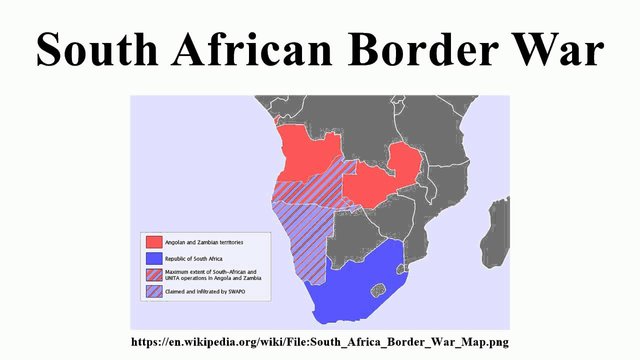
The major military operations are still the subject of intense discussion. The war officially began in 1966 with the shooting by South African police officers of a SWAPO camp at the town of Ongulumbashe in northern Namibia. Only ten years later, the invasion of the South African army in Angola followed UNITA in the fight against the MPLA. With Operation Savannah, a long-standing campaign across the border, partly in secret, began to openly open. In 1978, the South African Air Force attacked the Cassinga camp in southern Angola, with hundreds of victims as a result. According to one party, it was a military base of SWAPO, according to the other, a refugee camp. An inevitable propaganda war followed the massacre. Soldier might be a victory, but politically a disaster for the government in Pretoria. Cueto Canavale finally ended in 1987-88 the beginning of the end. The 'biggest battle in Africa since the Second World War' revolved around the failed siege of the town of Cueto. What was celebrated by the South Africans was the "Stalingrad of the apartheid regime" for the opponents. Both sides claimed victory and eventually the road to the negotiating table was released. The Cold War ran to its end and the warring parties lost their breadmen. The Cubans returned home, and the South African troops too. There was nothing left in Namibia's independence in 1990, and that same year Nelson Mandela was released in South Africa. The end of apartheid came into view. Cueto Canavale finally ended in 1987 -88 the beginning of the end. The 'biggest battle in Africa since the Second World War' revolved around the failed siege of the town of Cueto. What was celebrated by the South Africans was the "Stalingrad of the apartheid regime" for the opponents. Both sides claimed victory and eventually the road to the negotiating table was released. The Cold War ran to its end and the warring parties lost their breadmen. The Cubans returned home, and the South African troops too. There was nothing left in Namibia's independence in 1990, and that same year Nelson Mandela was released in South Africa. The end of apartheid came into view. Cueto Canavale finally ended in 1987 -88 the beginning of the end. The 'biggest battle in Africa since the Second World War' revolved around the failed siege of the town of Cueto. What was celebrated by the South Africans was the "Stalingrad of the apartheid regime" for the opponents. Both sides claimed victory and eventually the road to the negotiating table was released. The Cold War ran to its end and the warring parties lost their breadmen. The Cubans returned home, and the South African troops too. There was nothing left in Namibia's independence in 1990, and that same year Nelson Mandela was released in South Africa. The end of apartheid came into view. The 'biggest battle in Africa since the Second World War' revolved around the failed siege of the town of Cueto. What was celebrated by the South Africans was the "Stalingrad of the apartheid regime" for the opponents. Both sides claimed victory and eventually the road to the negotiating table was released. The Cold War ran to its end and the warring parties lost their breadmen. The Cubans returned home, and the South African troops too. There was nothing left in Namibia's independence in 1990, and that same year Nelson Mandela was released in South Africa. The end of apartheid came into view. The 'biggest battle in Africa since the Second World War' revolved around the failed siege of the town of Cueto. What was celebrated by the South Africans was the "Stalingrad of the apartheid regime" for the opponents. Both sides claimed victory and eventually the road to the negotiating table was released. The Cold War ran to its end and the warring parties lost their breadmen. The Cubans returned home, and the South African troops too. There was nothing left in Namibia's independence in 1990, and that same year Nelson Mandela was released in South Africa. The end of apartheid came into view. was the 'Stalingrad of the apartheid regime' for the opponents. Both sides claimed victory and eventually the road to the negotiating table was released. The Cold War ran to its end and the warring parties lost their breadmen. The Cubans returned home, and the South African troops too. There was nothing left in Namibia's independence in 1990, and that same year Nelson Mandela was released in South Africa. The end of apartheid came into view. was the 'Stalingrad of the apartheid regime' for the opponents. Both sides claimed victory and eventually the road to the negotiating table was released. The Cold War ran to its end and the warring parties lost their breadmen. The Cubans returned home, and the South African troops too. There was nothing left in Namibia's independence in 1990, and that same year Nelson Mandela was released in South Africa. The end of apartheid came into view. There was nothing left in Namibia's independence in 1990, and that same year Nelson Mandela was released in South Africa. The end of apartheid came into view. There was nothing left in Namibia's independence in 1990, and that same year Nelson Mandela was released in South Africa. The end of apartheid came into view.
Military aspects
Only a few are so well placed to write a book like Leopold Scholtz on this subject. Scholtz was editor of Die Burger for many years. Scholtz is an academically formed historian. For a long time he was also a honorary professor at Stellenbosch University. Scholtz has always been interested in military history. He is the author of, among others, Famous South African Warriors (1984), Why the Boers Lost the War (1999) and General Christian the Law as Field Leader(2003). Military history, but also military doctrines and international politics have always enjoyed its greatest interest. The fact that he also pursued a career as a backup officer prevented him from having any military technical knowledge every time against possible criticism.
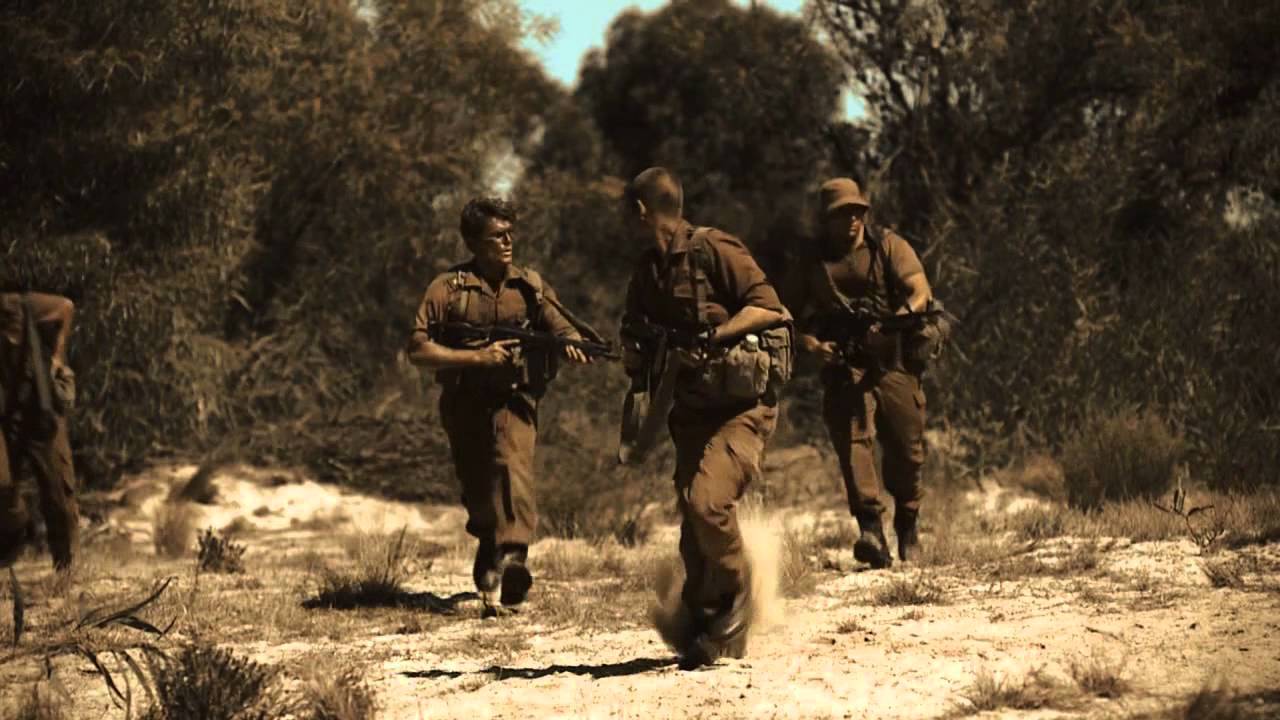
Image credit
The reader may expect that SAW in the border war to have a predominantly military history. Political or social history is hardly discussed, and the author is aware of that. It has become a book about the armies of the fighting parties. In detail, Scholtz outlines the course of military operations, stating that the South African perspective dominates, and that the pace is slowing down as the war progresses. The first years will be dealt with quickly, while the final phase of the war will be discussed much more. Scholtz worked through a considerable amount of SAW resources, but he also had personal contact with veterans, among them leading officers.
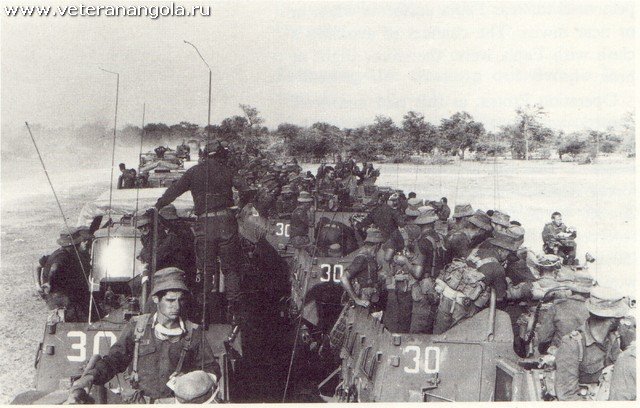
Twenty-five years after the end of the war, according to Scholtz, it is time to look back on the conflict and to blow myths. The question is which one. At the end of the war, the end of the war ended in the end of apartheid and in the new South Africa the war broke into oblivion. The great silence broke out because the memory of the war did not seem to fit into a strongly changed political climate. The name "border war" itself is a scent of prejudice. He is too much associated with the old view of the white minority, according to which the army carried a war in the 1970s and 1980s at the "boundaries" of the republic and shielded the red and black danger; the combined threat of communist expansion and black nationalism. What one would rather not see was the growing entanglement with the civil war in their own country. Veterans now look back at a war in which they fought for the preservation of the white minority regime and became citizens of a country in which the former 'enemy' has the say. The new majority rule of her side makes little sense to continue paying attention to the dirty war of the former oppressor in her eyes. In a country in which the majority chooses to forget, it is difficult to recall a united memory of the past.
Remember
Rhodes historian Gary Baines extensively studied the reminder of the "Frontier War" with the veterans. In three different ways, they lived on. Forgotten and displacing may have been the first and most obvious option for many. This silence was mostly motivated by a sense of loyalty to the former regime or fear of being accountable for the Truth and Reconciliation Commission. Only a handful was actually willing to testify. Whoever did, could count on little sympathy from his former rulers. Whoever did not, and that was by far the most, expressed the suspicion of wasting war crimes. Perhaps this is the heart of trauma: a feeling that trust has been violated and that one's own leaders have been abused.
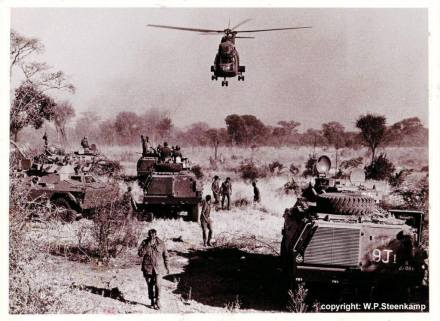
Victimization was a second option. Was the whole war, in the light of the subsequent power takeover in Namibia and in its own country, been a meaningless undertaking? Had South Africa not known its own 'Vietnam'? Many could not understand why they would have sacrificed so much, just to surrender to the enemy now in power. And did many soldiers feel deceived and deceived by their own political and military leaders who had left them? A variant on the infamation of "cloud-blundering" after Versailles, as it were: unbeaten on the battlefield, but forced by politics to withdraw?
Meanwhile, a third view is in progress. It comes from those who no longer hold down to the prevailing political correctness and do not want to be guilty of guilt. And she is in line with the former military leaders who continue to argue that "we won the war." The army had raised a dam against the threat of communism and could end the war, including favorable conditions for the country.
Who won?
In the end, what is happening in the 'processing of the' border war 'is the simple question' who actually won him'. Scholtz largely resembles the story of the generals. Shame is something that he certainly would not want to talk to his Afrikaner readers. In the concluding chapter of his book, he asks whether "everything has been worth it?" And here his military-historical study makes a remarkable turn. The author may then wish to present a pure 'military' and no 'political' history, his conclusion is through politics. In his final judgment, the historian Leopold 'von Ranke' Scholtz allows his unpolitical and anti-normative ambitions - only 'to make the sources "and to abstain from all discretion - totally sailing. Defense have won the 'Border War', he responds positively. If they had failed, their opponents would have established a communist dictatorship in Namibia and South Africa, according to Scholtz. They have won time until their opponents fought a more moderate policy. That way, their struggle has not been in vain and they have contributed to the 'new South Africa'. Scholtz is not ashamed of this pure post-hoc reasoning. One can never derive such consequences from the intentions of the historical factors, especially if one wants to speak 'the sources themselves'. Has there ever been a war in which soldiers did not want to defeat their enemies in the first place, and only waited for the opponent to become more moderate?
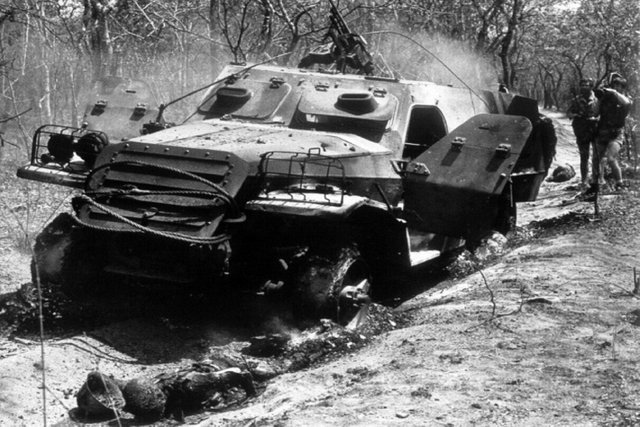
Image credit
More than twenty years after the end of the conflict, the 'Frontier War' has once again been poured back, now for the general public. This proved to be another great success in which the documentary series of border war of Linda de Jager was able to delight kykNET in the African's channel in 2008. Controversy was avoided as far as possible, according to Fred de Vries in The Green Amsterdammer of 29 June 2009, it was necessary to become an 'entertaining and heartbreaking report, from the perspective of the South African army'. Violations committed by both parties did not or hardly been discussed. Thirteen hours long, border war continued on the television screen, full of images of running soldiers, burning tanks and the hot bush, interchanged with interviews and comments. The fact that the matter was approached as far as possible from both sides did not prevent the maker of the series, a white woman (1971's 1973) of Namibian origin, to often get a lot of criticism. Everyone thought that the counterparty was too good and the party was too bad. Nevertheless, border war was a commercial media success; friend and enemy could grow together, and the big questions about historical debt and responsibility were avoided.
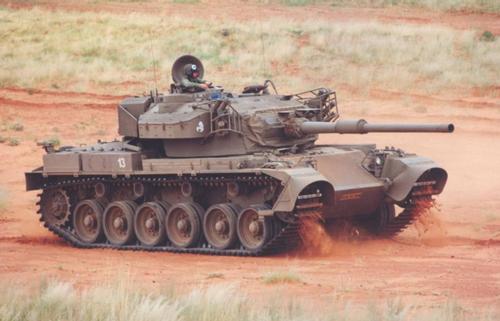
Image credit
The battle for recognition of heroism and victimization has been re-defeated in the field of Freedom Park on the Salvokop Hill at Tshwane (Pretoria) in recent years. The park is intended as a memorial to commemorate those who have used the course of South African history for "freedom and human dignity." Names of fallen from the last wars received an honorable mention, including Cubans who were killed in Angola, but excluding SAW soldiers. The protest of white pression groups was fierce, but the Freedom Park administration was in agreement with the argument that the Armyfought for the preservation of apartheid and the liberation movement; here the criterion of "freedom and human dignity" would not apply. The incomprehension remained great, for why white farmers from the nineteenth century and a whole series of international freedom heroes, and civil servants in the rankings of the SAD? The highly debated emotional debate was finally resolved when a private foundation decided in 2009 to set up a Wall of Remembrance for the "Frontier War Veterans" in the area of the nearby Voortrekkermonument . The controversy showed painfully the limits of an overall "inclusion" history policy. And ultimately that's a good thing: in a democracy, not all memories must be matched.
Thanks for reading, I hope you liked it!

Steem's Popularity Is Incredible!
Share the joy by inviting others!
Get More Exposure On The Chats!
It is a best way to get more exposure through private messages and in the chat rooms. These are some of the best places to get more exposure & makes Steem friends.
- Official Steemit.chat
- SteemSpeak.com @fyrstikken (24/7 Voice chat)
- Peace, Abundance, Liberty @aggroed @canadian-coconut @ausbitbank @teamsteem and More (Minnow Support Project)
For new & best authors to move forward!
http://curiesteem.com @curie
https://steemvoter.com @steemvoter @thecryptodrive @cryptomancer
My Latest Posts:
- Game Review: Dragon Ball Xenoverse 2 Switch Review - On the way to play Super Saiyan
- Survive - Happiness reaches you with love for yourself and for others
- Game Review: Total War Warhammer 2 Review - Treats in the footsteps of his predecessor
- Quit Smoking - Everything (A-Z) about Quitting Smoking
- The princess who slept for 100 years jacket
- Game Review: PES 2018 Review - Great in its smallness
- Cryptocurrency trading (Part 2) - Everything you need to know about crypto trading!
- Game Review: Yo-Kai Watch 2 Psychic Specters Review
- Cryptocurrency trading (Part 1) - Everything you need to know about crypto trading!
- Minecraft Story Mode Season Two Epsiode 3 Review - Jailhouse Block
- Tricopigmentation against hair loss and baldness in men


Freedom is not worth having if it does not connote freedom to err.
- Mahatma Gandhi
@eileenbeach has voted on behalf of @minnowpond. If you would like to recieve upvotes from minnowpond on all your posts, simply FOLLOW @minnowpond. To be Resteemed to 4k+ followers and upvoted heavier send 0.25SBD to @minnowpond with your posts url as the memo
@reported has voted on behalf of @minnowpond. If you would like to recieve upvotes from minnowpond on all your posts, simply FOLLOW @minnowpond. To be Resteemed to 4k+ followers and upvoted heavier send 0.25SBD to @minnowpond with your posts url as the memo
Congratulations! This post has been upvoted from the communal account, @minnowsupport, by braini from the Minnow Support Project. It's a witness project run by aggroed, ausbitbank, teamsteem, theprophet0, someguy123, neoxian, followbtcnews/crimsonclad, and netuoso. The goal is to help Steemit grow by supporting Minnows and creating a social network. Please find us in the Peace, Abundance, and Liberty Network (PALnet) Discord Channel. It's a completely public and open space to all members of the Steemit community who voluntarily choose to be there.